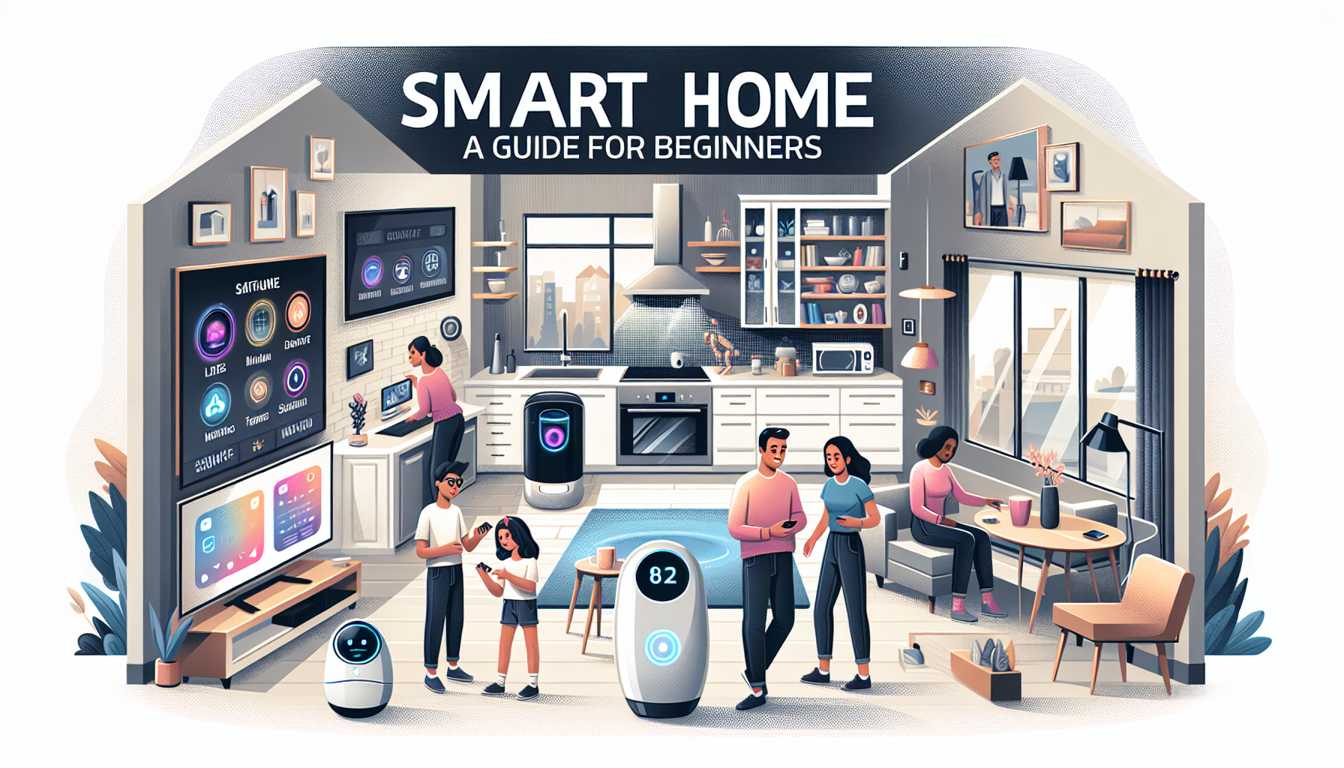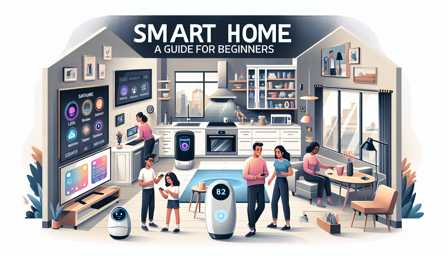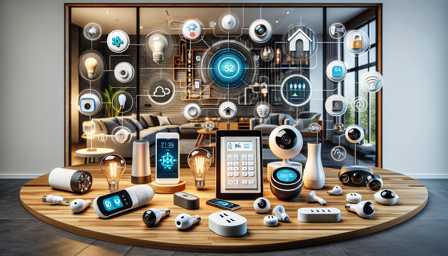
Designing a Smart Home: A Guide for Beginners
In the era of technology, the concept of a smart home has transitioned from a luxury to a practical and increasingly accessible option for homeowners. A smart home is equipped with devices that automate tasks normally handled by humans, using Internet-connected devices to remotely control and monitor appliances and systems. This guide provides beginners with a comprehensive understanding of how to design a smart home.
Understanding the Basics of a Smart Home
What is a Smart Home?
A smart home uses advanced automation systems to provide homeowners with sophisticated monitoring and control over the building's functions. For example, a smart home may control lighting, temperature, multi-media, security, window and door operations, as well as many other functions.
Benefits of a Smart Home
- Convenience: Automated tasks like turning off lights or locking doors.
- Energy Efficiency: Smart thermostats and lighting reduce power usage.
- Security: Enhanced security with smart locks and surveillance systems.
- Comfort: Personalized settings for lighting, temperature, and more.
Core Components of a Smart Home
Smart Hubs and Controllers
A smart hub is the heart of a smart home, connecting different devices on a home automation network and enabling them to communicate with each other. The Samsung SmartThings Hub is a popular choice for its compatibility with a wide range of devices and user-friendly interface.
Smart Lighting
Smart lighting systems allow you to control the brightness, color, and schedule of your lights. Philips Hue offers a comprehensive range of smart bulbs, lamps, and light fixtures that can be controlled via a smartphone app.
Smart Thermostats
These devices help in maintaining a comfortable temperature at home and can lead to significant energy savings. The Nest Learning Thermostat adapts to your schedule and preferences, making automatic adjustments to save energy.
Smart Security Systems
Including smart locks, cameras, and alarm systems, these enhance the security of your home. The Ring Alarm Security Kit provides a comprehensive system that includes door/window sensors, motion detectors, and a connected app.
Smart Speakers and Assistants
Smart speakers with integrated assistants like Amazon Echo (Alexa) or Google Home allow for voice control of your smart devices.
Planning Your Smart Home Setup
Assessing Your Needs
- Identify your priorities: Whether it's security, convenience, energy efficiency, or entertainment.
- Consider compatibility: Ensure that the devices you choose work together seamlessly.
Installation and Setup
While many smart home devices are designed for DIY installation, complex systems might require professional assistance.
Advanced Smart Home Features
Home Entertainment Systems
Smart TVs and multi-room audio systems like Sonos can enhance your home entertainment experience.
Smart Appliances
From smart refrigerators to washing machines, these appliances offer advanced features and can be controlled remotely.
Home Automation Scenes
By setting 'scenes' or 'routines', you can program multiple devices to work together for specific situations, like movie night or waking up in the morning.
Conclusion
Designing a smart home as a beginner can seem daunting, but by understanding the basics, planning according to your needs, and choosing the right products, you can create a comfortable, convenient, and modern living space. As technology continues to evolve, the possibilities for smart home automation are only bound to expand.




